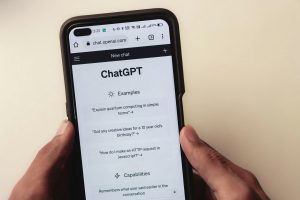How is it fair that students can’t use AI, but teachers can?
Title: The Double Standard: AI Usage in Education
In the ever-evolving landscape of education, the integration of artificial intelligence (AI) has sparked significant debate. One contentious issue is the distinct disparity in AI usage privileges between educators and students. As institutions increasingly adopt tech-driven solutions, a question arises: Is it equitable to permit teachers unrestricted access to AI tools while students face restrictions?
For educators, AI presents an array of opportunities to enhance the learning experience. From analyzing student performance data to personalizing lesson plans, technology empowers teachers to foster a more dynamic and responsive educational environment. However, the prohibition of AI tools for students raises questions about fairness and equal access to educational resources.
The regulation limiting students from leveraging AI could inadvertently stifle their creativity and problem-solving skills, potentially broadening the digital divide in an already inequitable system. As digital natives, students are poised to engage meaningfully with technology, developing critical skills for future innovation.
The core of this debate rests on the balance between fostering an equitable learning environment and maintaining academic integrity. Allowing both educators and students access to AI could cultivate an ambiance of exploration and technological fluency essential for the demands of the modern world. As such, revisiting policies and encouraging dialogue around AI in education might be the key to bridging this technological gap, ensuring fairness across the board.
In a rapidly advancing digital age, the conversation on AI’s role in education should remain open, adaptable, and inclusive—striving for policies that not only support but also empower all participants within the educational ecosystem.














Post Comment